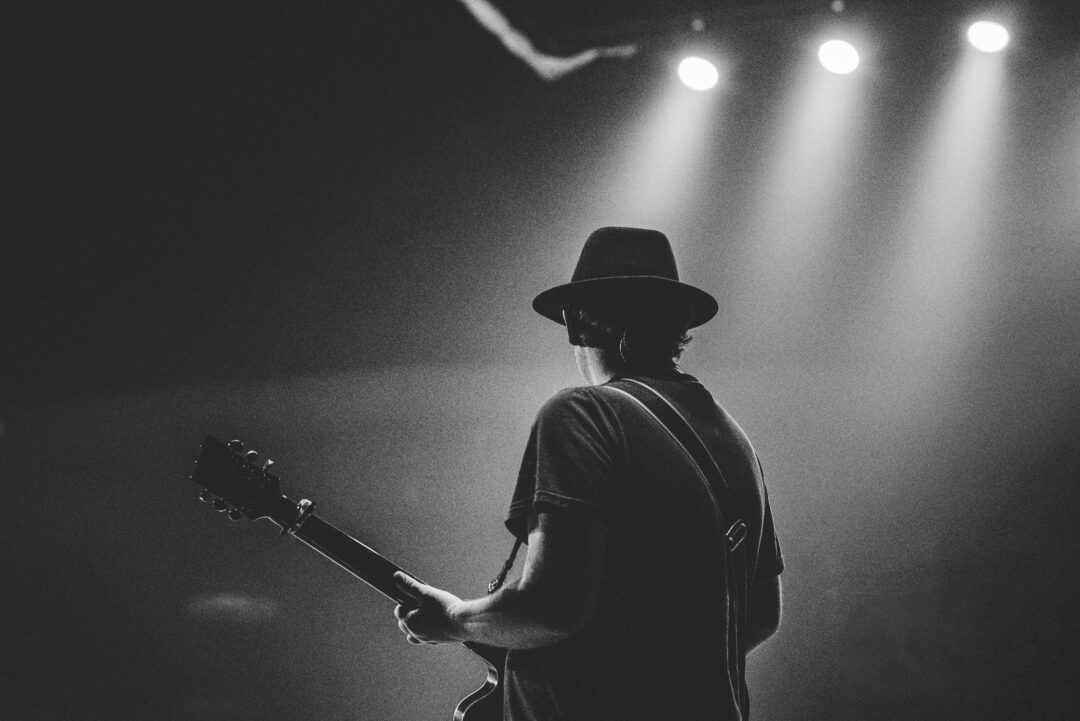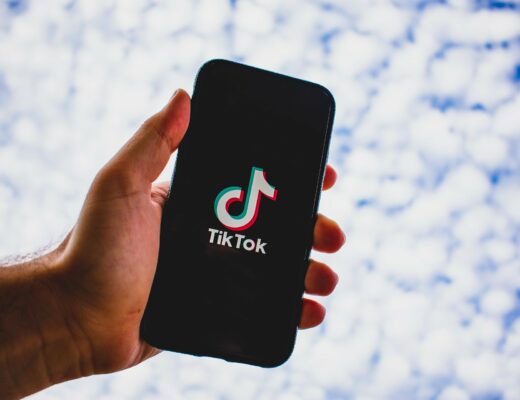Independent artists are inundated with options on how to spend their limited and overstretched music marketing budgets. From paying for social media ads to trying to gain traction around a new release via Google ads to paying for prominence on music and video streaming platforms to handing money over to a PR team and hoping for the best to funnelling all your cash into touring or playlist services, the options are overwhelmingly endless.
Unfortunately, there is no one-size-fits-all answer to where independent artists should invest their marketing budget. Each platform offers unique advantages and disadvantages and caters for different target audiences. There is no shortcut through the research you will need to undertake to determine which platform or mode of marketing aligns best with your work and promotional goals.
To get you started on the monumental task of discerning what you will need to consider before tailor-making your marketing strategy, we will outline some of the fundamental considerations that are essential proponents for an effective music marketing campaign.
How to Put Your Money Where Your Music Is
The key to any effective music marketing campaign is putting your music in front of people who are more likely to be interested while simultaneously showing potential fans what you’re about, why they should care, and how you can become a major landmark on their personal map of the music scene.
Before using your creativity to conjure marketing ploys, set your budget for your objective, and before you get downtrodden by the bigger is better adage, remember that it isn’t the be-all and end-all. Limited budgets can be just as effective in relative terms if you prioritise and drive your campaign with creative ideas.
Before you invest in social media ads, Google ads, playlisting, radio campaigns or other PR services, it is crucial to consider you can cover all the essential expenses first, including music production costs, physical manufacturing, digital distribution, merch production, rehearsal space rental, music and recording equipment, travel expenses, printed promotional assets, photoshoots and web design and maintenance. Once all those bases are covered, you can start to consider your marketing priorities and how they will open revenue streams.
If you are completely at a loss with how to set a budget for promoting a new album, single, EP or music video, a good rule of thumb to use is investing 30% – 40% of the production cost on promoting the project. For example, if you spent £2k producing your new music video, set a promotional budget of £600 – £800. The return on investment may not come back to you immediately, but never forget that your music is an asset, which can open doors and generate revenue in a myriad of different ways.
How to Prioritise a Limited Music Marketing Budget
Many independent artists make the mistake of trying to spread themselves too thin and attempting to take advantage of every conceivable method of music promotion. If you are pouring minimal funds into each marketing mode, you will effectively be reducing the impact of each investment. Focus on a limited number of channels rather than being overly ambitious and attempting to be everywhere all at once.
Always make an informed choice on where your existing listeners are more engaged. Sponsored posts on social media are highly effective; as a bonus, the results are measurable, they’re accessible to artists on a limited budget, you’re fully in control of how much you spend, and you always have the option of altering your campaign along the way.
The second most cost-effective music marketing tool is YouTube ads; a typical video ad will set you back £0.01 – £0.03 per click, depending on your targeting, bidding goal and ad type. Regardless of the variations, the cost of a YouTube ad campaign is low compared to other forms of music marketing. Plus, as of 2023, YouTube has over 2.70 billion monthly listeners, and YouTube allows musicians to place their ads on videos or channels similar to their own, and it is easy to use metrics to track campaign performance. Click here for more tips on how to maximise your YouTube campaign.
Always remember that your music marketing campaign should be as unique as your music; what works for some, won’t necessarily work for you. Your most effective marketing campaign may not come to you the first time around; be prepared to collate the data to see what works and what doesn’t – you can always perfect the formula the next time around or see the opportunity to use a unique angle or idea.
Get Acquainted with the Idea of Sweat Equity
Creativity and tenacity are just as valuable proponents in an independent artist’s marketing strategy as significant sums of cash. If you are working on a tighter budget, lean on your fanbase to put momentum behind your marketing campaigns while coming up with creative incentives for them to do so.
Even if you want to move your sound into an international arena, don’t think you’re bigger than thinking local. Host a listening party at your local record shop, launch your new project at a local bar, and network with the local figureheads of the music scene, including radio DJs and journalists.
Word-of-mouth marketing, especially in the internet era of music, should never be underestimated. After all, that is effectively how songs, music videos and reels go viral. Once momentum gets behind a digital asset such as a song or a music video, there’s no telling the heights it will reach.
–
For more advice on taking your music marketing to the next level, learn how to expand your fanbase, get more traction behind your releases and maximise your exposure, contact our award-winning A&R team and ask about our artist development services.
Article by Amelia Vandergast




No Comments